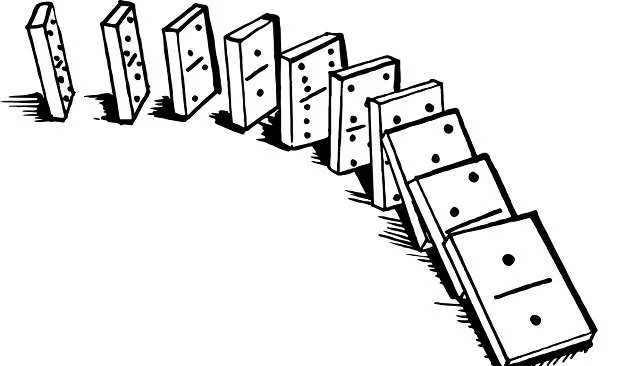It seems to me, for all the benefits to building business, e-commerce has created a more reactive instead of proactive business environment; marketing often over shadows merchandising, and more and more businesses seem to be abandoning the foundation of building a strong merchandising plan.
I know, some will immediate argue the amount of information available in real time is providing better quantitative data driving more informed decisions; yet, from what I’ve seen, both looking from the inside and outside, is a general reluctance to map out a merchandising direction based on applying more subjective reasoning to analysis. Instead, I see a reliance on analysis and dependency on numbers without enough creative and proactive thinking. Of course, this is not true for “everyone”, but it seems the ability to subjectively review a merchandise plan and understand how to adjust based on realistic variables is fading.
There are core steps everyone should take when building a merchandising plan, and helping buyers become more proactive in their planning process.
- History is important, but repeating it doesn’t guarantee success. Don’t minimize the importance of pulling historical data to understand how products performed over a defined period of time, and make sure you focus on the core elements of this data you control when planning for the future. Once you have the numbers in a controlled format, look behind them for subjective elements that may have impacted performance so you don’t blindly follow the numbers.
- Plan – this is where I see so many drop the ball; instead of building a plan using the history and making subjective adjustments based on market conditions and trends, too often businesses use the historical data verbatim without any or minimal adjustments, creating a self-fulfilling prophecy. Don’t be scared to be a merchandiser and think proactively, apply what you know about the market and trends and build a plan to uses history as a reference, not a road map.
- Field a Team – what I mean by this is step up and do what you planned. I’ve witnessed many plans fail because of an overly cautious approach and not making enough of a commitment to building a balanced full presentation necessary to driving results. A comparison would be building a football team consisting of a balanced roster of players, but only fielding the quarterback, a receiver, and maybe one or two linemen; making it almost impossible to succeed for all the wrong reasons.
- Adapt and Adjust – finally, don’t think a plan is written in stone; rather, maintain flexibility in the process and evaluate your plan based on actual performance. A plan is critical to heading in the right direction, but when a detour pops up, work around it and adjust to the conditions driving change.
Reactive or Proactive? Actually, you need to be both, but the speed at which we operate now often creates a more reactive environment where people forget to plan; which from my perspective, limits creative thinking and analysis. You can be a buyer and just react to what you need, or you can be a merchandiser and build a plan, a road map to a more creative and proactive presentation. Think about it.

